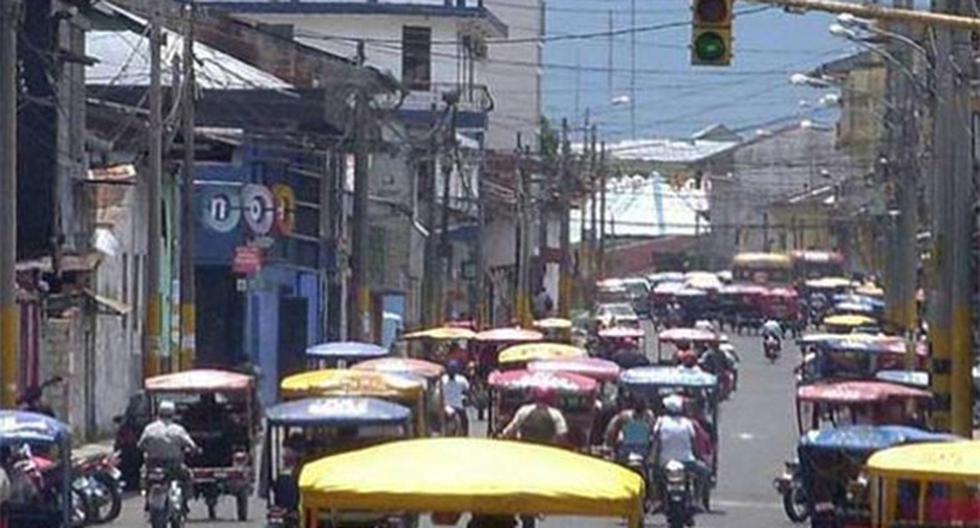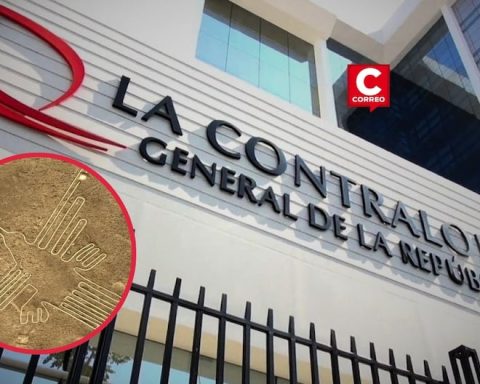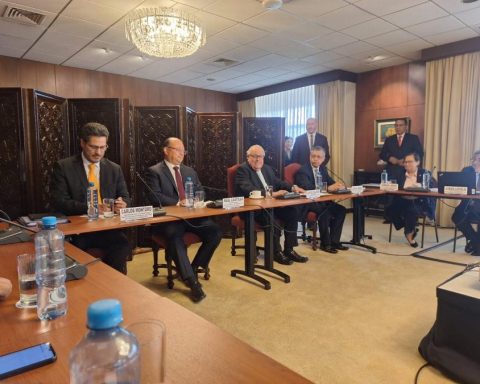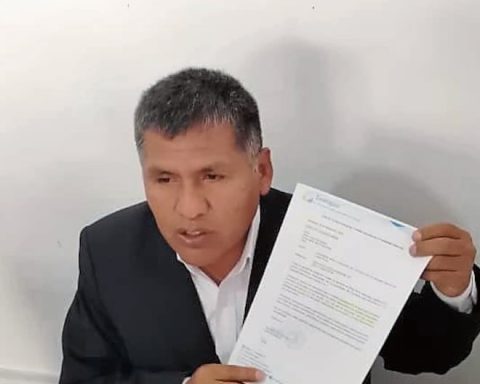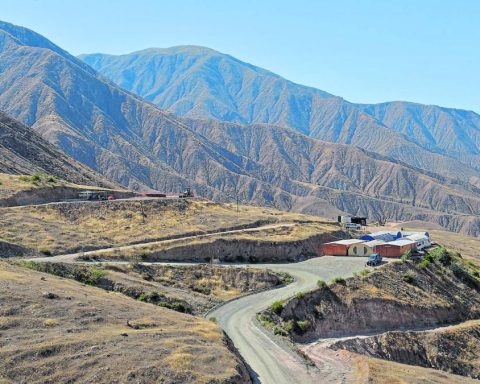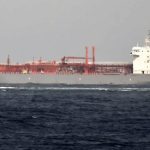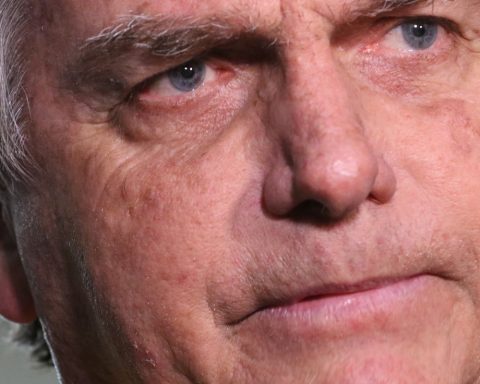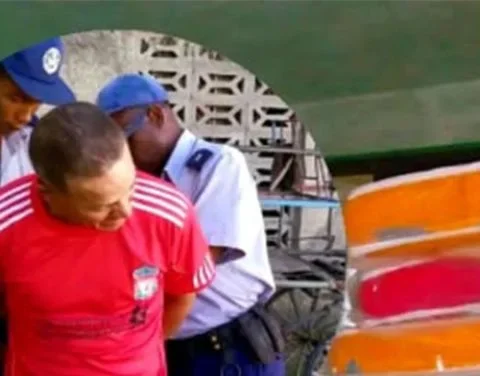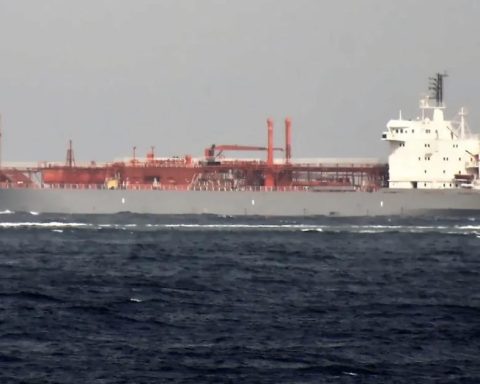In the last decade (2021-2022), the Eastern Macroregion, made up of Loreto, Ucayali and Madre de Dios, only had an average growth of 1.1%, the lowest of all the country’s macroregions, due to the fact that the center advanced 3.8 %, south at 3.3% and north 2.7%, reported the National Society of Industries (SNI).
In this regard, Jesús Salazar, president of the SNI, stated that the Eastern Macroregion represents the smallest participation in the national industrial GDP, with only 2.1%, clearly behind the industrial GDP of the north (15.7%), south (12.8%) and center (10%), and even lower than that of regions such as Áncash (2.9%) or Piura (4.2%).
“The most developed countries in the world are those that in turn are highly industrialized, and unfortunately the manufacturing sector of the entire Oriente Macroregion is inferior even to many regions of the country, precisely for this reason, we will present proposals in Pucallpa that promote the development of the sectors productive in eastern Peru”, indicated the head of the SNI.
In this sense, in the presentation of the agenda “Peru Macroregion East to 2031″, this September 1, measures aimed at reactivating the productive engines of the Food and Beverage, Construction and Infrastructure, Forestry, MSMEs, Fishing for consumption sectors will be presented. direct human and Aquaculture, and Tourism and Gastronomy, prepared by the business sector and the academy of the area.
Informality
The business leader referred that the reduced industrial progress of the Eastern Macroregion can be seen in other negative indicators, since this area of the country had 27% of monetary poverty, higher than that registered at the national level (25.9%), with Loreto being the region with a higher incidence (34.6%).
Along the same lines, he mentioned that the macro-region presents a labor informality of 85.2%, higher than the national average (76.8%) and that of the other macro-regions of the country.
“Informality and monetary poverty go hand in hand, which is why it is urgent to apply measures that generate companies and formal employment in the medium term, especially in the macro-region that suffers most from the scourge of informal employment.”, he referred.
Likewise, the representative of the SNI commented that the Macroregion Oriente has around 100 paralyzed works, which is especially serious in an area that urgently needs infrastructure.
“This year we would have zero private investment, we are wasting opportunities to grow, as other countries do. In the east, a lot of logistics infrastructure is required to help develop productive sectors. The Yurimaguas-Iquitos train, the Pucallpa-Callao railway integration and the revitalization of the Bi-oceanic Highway are projects for the integration of the country with the eastern regions that we must promote”, he stressed.
He added that the Peruvian jungle, which is home to the ninth natural forest in the world, has conditions to promote sustained forestry development, similar to that of other countries with the same conditions.
RECOMMENDED VIDEO
:quality(75)/cdn.jwplayer.com/v2/media/Cu5mBFpO/poster.jpg)
